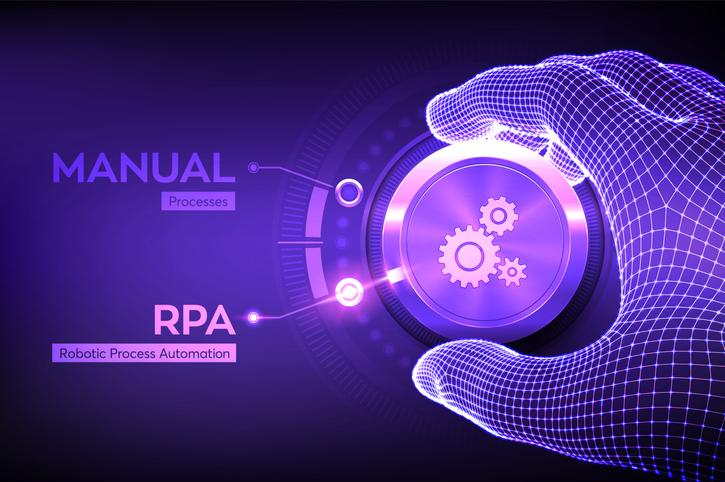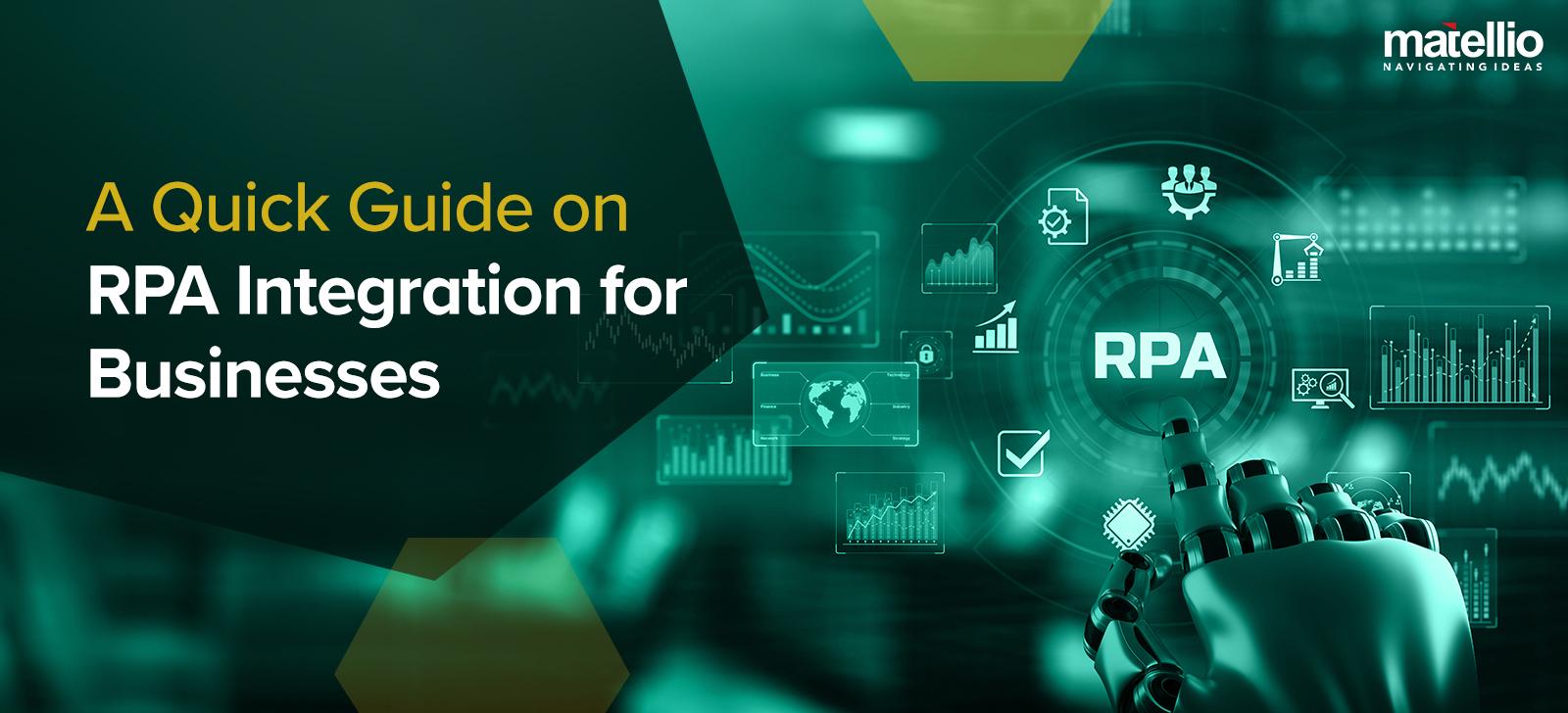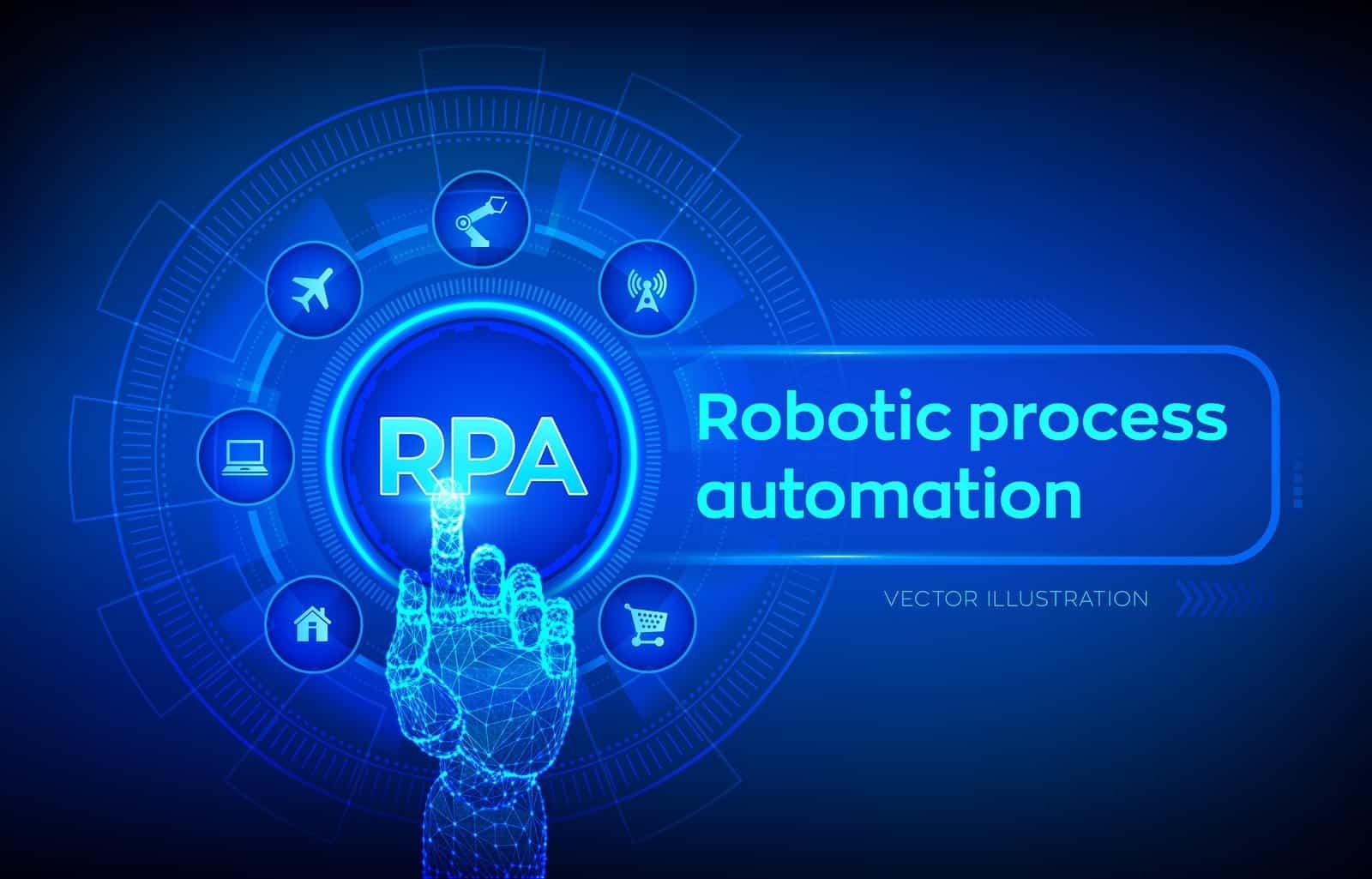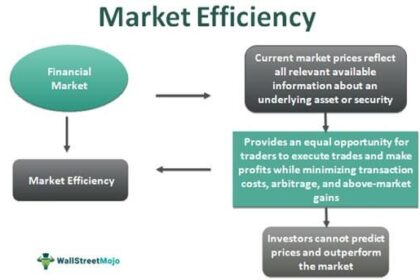In an age where time is money and efficiency is paramount, businesses are continuously seeking innovative solutions to streamline operations and enhance productivity. Enter Robotic Process Automation (RPA), a transformative technology that has begun to redefine the landscape of work across industries. As organizations grapple with the complexities of their workflows, RPA emerges as a beacon of hope, promising to take mundane, repetitive tasks off human shoulders and into the capable hands—or rather, circuits—of software robots. This article delves into the rise of RPA, exploring its fundamental principles, the myriad benefits it offers, and the implications for the future of the workforce. Join us as we unlock the potential of robotic automation, shedding light on a revolution that is quietly reshaping the way we do business.
Understanding Robotic Process Automation and Its Transformative Potential
Robotic Process Automation (RPA) is revolutionizing the way businesses operate by streamlining repetitive and mundane tasks. By utilizing software robots, organizations can enhance efficiency and reduce the potential for human error. RPA thrives on its ability to integrate seamlessly with existing systems, allowing for rapid deployment without the need for significant infrastructural changes. This means businesses can harness the technology quickly, keeping pace with the ever-evolving market dynamics. The benefits of employing RPA include:
- Cost Savings: Reduction in operational costs through automation of routine tasks.
- Increased Accuracy: Minimization of mistakes commonly associated with manual processes.
- Scalability: Easy adaptation to process changes or increased workload.
- Employee Empowerment: Allowing staff to focus on higher-value tasks that require creativity and critical thinking.
As more companies adopt RPA, we are witnessing significant transformations across various industries. The potential of RPA extends beyond simple automation; it can serve as a foundation for advanced technologies such as Artificial Intelligence and Machine Learning. Organizations that leverage this synergy stand to gain a competitive edge. A comparison of traditional processes versus RPA-enhanced processes clearly outlines the efficiency gains:
| Process Aspect | Traditional Process | RPA-Enhanced Process |
|---|---|---|
| Time Taken | Hours | Minutes |
| Error Rate | 5-10% | 0.5% |
| Employee Engagement | Low | High |

Key Industries Benefiting from RPA Implementation
Robotic Process Automation (RPA) is making waves across various sectors, significantly enhancing efficiency and productivity. Financial Services is one of the key industries experiencing transformative benefits. With RPA, organizations can automate repetitive tasks such as data entry, fraud detection, and regulatory compliance checks. This not only reduces the chances of human error but also speeds up processing times, allowing businesses to focus on more strategic initiatives. The implementation of RPA in finance often results in improved accuracy and greater compliance, enabling firms to navigate complex regulatory landscapes more effectively.
Another sector gaining remarkable advantages from RPA is Healthcare. The administrative workloads that often bog down healthcare providers can be streamlined using automation tools. Tasks like patient registration, billing, and appointment scheduling can be automated, leading to enhanced patient experiences and greater staff satisfaction. Furthermore, the ability to quickly manage patient records and streamline compliance with healthcare regulations helps institutions focus on delivering quality care to patients. By integrating RPA, healthcare facilities can achieve a more efficient operational framework, ultimately benefiting both patients and providers alike.

Best Practices for Seamless RPA Integration
Integrating Robotic Process Automation (RPA) into your existing processes requires thoughtful consideration and strategic planning. One of the essential practices is to begin with a clear assessment of your current workflows. This involves identifying repetitive, manual tasks that consume valuable time and resources. Engaging stakeholders from various departments early on ensures that the RPA implemented aligns with the business goals and addresses specific pain points. Key steps to consider include:
- Mapping existing workflows: Visualize current processes to identify bottlenecks.
- Prioritizing tasks: Focus on high-volume, rule-based tasks that yield the greatest impact.
- Setting measurable goals: Define success criteria to evaluate the performance of RPA solutions.
Furthermore, providing comprehensive training for employees is crucial in minimizing resistance and maximizing productivity. As RPA systems take over mundane tasks, it’s vital to upskill personnel to leverage more strategic opportunities. Collaboration between IT and operational teams can aid in the seamless deployment of automation tools. Consider the following collaboration strategies:
- Creating a cross-functional team: Encourage knowledge sharing across departments.
- Establishing a feedback loop: Allow users to provide insights on RPA performance and areas needing improvement.
- Implementing a phased rollout: Gradually deploy RPA solutions, allowing for adjustments based on user experience.

Future Trends in Robotic Process Automation and Their Implications
The landscape of Robotic Process Automation (RPA) is evolving rapidly, with emerging technologies poised to reshape how businesses operate. As organizations increasingly adopt RPA to streamline operations, several key trends are emerging that promise to enhance productivity and drive innovation. Hyperautomation is one such trend, where businesses pair RPA with artificial intelligence (AI) and machine learning (ML) to automate more complex processes. This enables organizations to eliminate manual intervention in various tasks, fostering a seamless flow of information across departments. Additionally, the adoption of cloud-based automation solutions is becoming prevalent, allowing companies to scale their RPA initiatives efficiently while minimizing IT overheads and enhancing accessibility for remote teams.
Furthermore, there’s a growing shift towards intelligent document processing (IDP), where RPA tools can analyze and extract data from unstructured documents, significantly reducing the time spent on data entry and verification. The implications of these advancements are profound; organizations can expect not only improved efficiency but also enhanced decision-making capabilities through better data insights. Other noteworthy trends include the rise of citizen developers, empowering non-technical staff to create and manage their own automation workflows, and greater emphasis on security and compliance, necessitated by the rapid integration of automation into sensitive business processes. As these trends continue to develop, businesses must adapt and rethink their operational strategies to harness the full potential of RPA technologies.
Closing Remarks
As we stand at the crossroads of technology and productivity, the rise of Robotic Process Automation (RPA) presents a compelling vision for the future of work. This innovative approach not only promises to streamline operations but also empowers organizations to refocus their efforts on creativity and strategic thinking. As RPA continues to evolve, it’s crucial for businesses to navigate this transformation thoughtfully, embracing its potential while remaining vigilant about the challenges it may bring. By unlocking efficiency through automation, we pave the way for a new era where human ingenuity and machine precision can coexist harmoniously, driving progress and setting the stage for a more productive tomorrow. The journey toward efficiency is just beginning—one can only imagine the possibilities that lie ahead.



